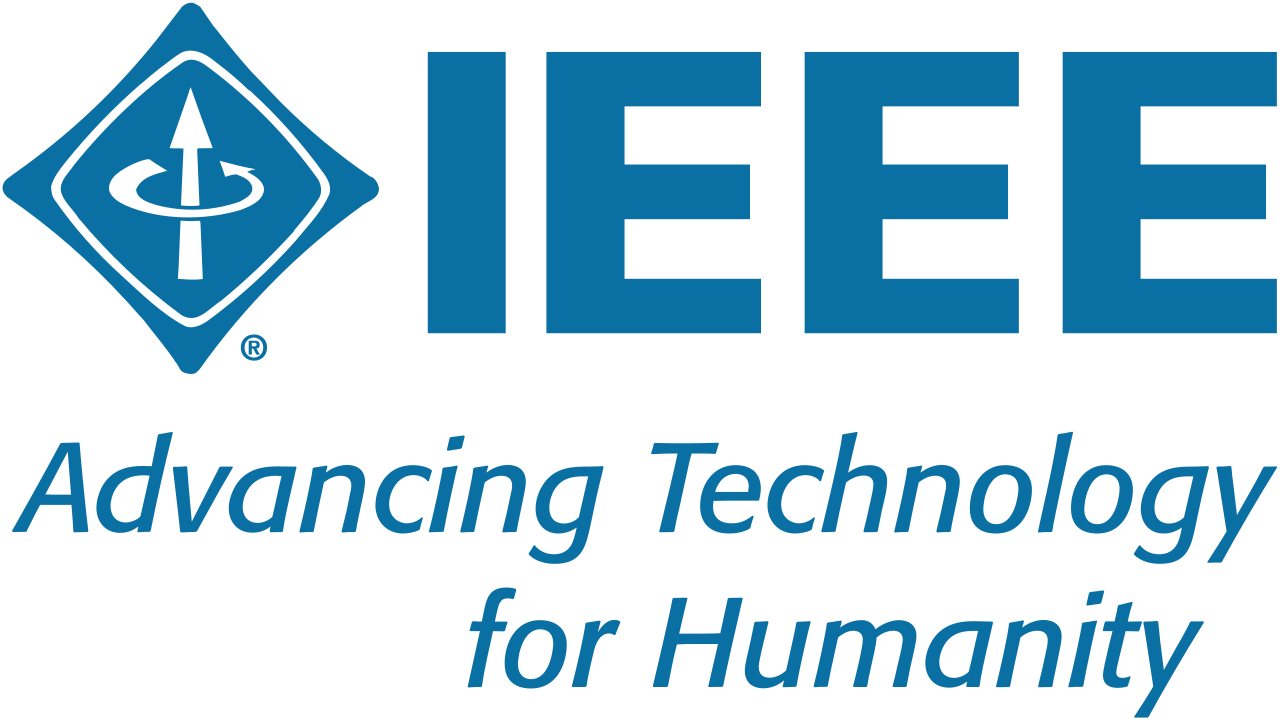The Effect of Force Ratio Multiplier on A Control System for Surfing Problem Simulation
Abstract
A surfing problem is a control problem of the surfing board to maintain its position on top of an ocean wave as long as possible. There are some physical and mathematical problems regarding a surfing problem that have not yet been solved. One of them is on translating a target inclination problem from an ordinary differential equation (ODE) control system to the inclination control system via the distribution of a surfers weight. To move the surfing board swiftly, a correct value of the multiplier, which is notated by σ, is needed on the weight distribution system. In this work, an investigation has been done on the effect of the multiplier in an attempt to help moves the surfing board fulfils the target inclination angle needed by using a smoothed particle hydrodynamics (SPH) simulation. The result from this work shows that the best value for the multiplier is σ=10 that gives the smallest average positional error for some variations of a given target position. This work gives a contribution on an attempt to model a surfers phenomenon mathematically.
Keywords
References
R. R. Septiawan, An ODE control system of a rigid body on an ocean wave for a surfer simulation in the SPH method,†The Science Reports of Kanazawa University, vol. 62, pp. 5168, 2018.
R. R. Septiawan, S. Viridi, and Suprijadi, The Effect of Particle Size Ratio on Porosity of a Particles Deposition Process,†Key Engineering Materials, vol. 675676, pp. 647650, Jan. 2016, doi: 10.4028/www.scientific.net/KEM.675-676.647.
L. B. Lucy, A numerical approach to the testing of the fission hypothesis,†The astronomical journal, vol. 82, pp. 10131024, 1977.
R. A. Gingold and J. J. Monaghan, Smoothed particle hydrodynamics: theory and application to non-spherical stars,†Monthly Notices of the Royal Astronomical Society, vol. 181, no. 3, pp. 375389, Dec. 1977, doi: 10.1093/mnras/181.3.375.
Suprijadi, F. Faizal, and R. R. Septiawan, Computational Study on Melting Process Using Smoothed Particle Hydrodynamics,†Journal of Modern Physics, vol. 05, no. 03, pp. 112116, 2014, doi: 10.4236/jmp.2014.53019.
R. R. Septiawan, H. Abdillah, Novitrian, and Suprijadi, Preliminary Study on Liquid Natural Convection by Temperature Differences,†2015. doi: 10.2991/icaet-14.2014.34.
D. Morikawa, M. Asai, N. Idris, Y. Imoto, and M. Isshiki, Improvements in highly viscous fluid simulation using a fully implicit SPH method,†Computational Particle Mechanics, vol. 6, no. 4, pp. 529544, Oct. 2019, doi: 10.1007/s40571-019-00231-6.
E. Y.M. Lo and S. Shao, Simulation of near-shore solitary wave mechanics by an incompressible SPH method,†Applied Ocean Research, vol. 24, no. 5, pp. 275286, Oct. 2002, doi: 10.1016/S0141-1187(03)00002-6.
R. A. Dalrymple and B. D. Rogers, Numerical modeling of water waves with the SPH method,†Coastal Engineering, vol. 53, no. 23, pp. 141147, Feb. 2006, doi: 10.1016/j.coastaleng.2005.10.004.
X. Yan, Y.-T. Jiang, C.-F. Li, R. R. Martin, and S.-M. Hu, Multiphase SPH simulation for interactive fluids and solids,†ACM Transactions on Graphics, vol. 35, no. 4, pp. 111, Jul. 2016, doi: 10.1145/2897824.2925897.
C. Antoci, M. Gallati, and S. Sibilla, Numerical simulation of fluidstructure interaction by SPH,†Computers & Structures, vol. 85, no. 1114, pp. 879890, Jun. 2007, doi: 10.1016/j.compstruc.2007.01.002.
J. J. Monaghan, A. Kos, and N. Issa, Fluid Motion Generated by Impact,†Journal of Waterway, Port, Coastal, and Ocean Engineering, vol. 129, no. 6, pp. 250259, Nov. 2003, doi: 10.1061/(ASCE)0733-950X(2003)129:6(250).
N. Akinci, M. Ihmsen, G. Akinci, B. Solenthaler, and M. Teschner, Versatile rigid-fluid coupling for incompressible SPH,†ACM Transactions on Graphics, vol. 31, no. 4, pp. 18, Aug. 2012, doi: 10.1145/2185520.2185558.
G. R. Liu and M. B. Liu, Smoothed Particle Hydrodynamics. WORLD SCIENTIFIC, 2003. doi: 10.1142/5340.
John F. Wendt, Computational Fluid Dynamics. Berlin, Heidelberg: Springer Berlin Heidelberg, 2009. doi: 10.1007/978-3-540-85056-4.
J. J. Monaghan and J. C. Lattanzio, A refined particle method for astrophysical problems,†Astron Astrophys, vol. 149, pp. 135143, 1985.
G. K. Batchelor, An Introduction to Fluid Dynamics. Cambridge University Press, 2000. doi: 10.1017/CBO9780511800955.
J. J. Monaghan, Simulating Free Surface Flows with SPH,†Journal of Computational Physics, vol. 110, no. 2, pp. 399406, Feb. 1994, doi: 10.1006/jcph.1994.1034.
J. J. Monaghan, Smoothed particle hydrodynamics,†Reports on Progress in Physics, vol. 68, no. 8, pp. 17031759, Jul. 2005, doi: 10.1088/0034-4885/68/8/r01.
A. Rao, Dynamics of Particles and Rigid Bodies. Cambridge University Press, 2005. doi: 10.1017/CBO9780511805455.
K. Ogata, Discrete-Time Control Systems (2nd Ed.). USA: Prentice-Hall, Inc., 1995.
K. Ogata, Modern Control Engineering, 5th ed. Pearson, 2009.
J.-X. Xu, C.-C. Hang, and C. Liu, Parallel structure and tuning of a fuzzy PID controller,†Automatica, vol. 36, no. 5, pp. 673684, May 2000, doi: 10.1016/S0005-1098(99)00192-2.
DOI: 10.33751/komputasi.v19i2.5260
 Abstract views : 666
Abstract views : 666
Refbacks
- There are currently no refbacks.

This work is licensed under a Creative Commons Attribution 4.0 International License.









